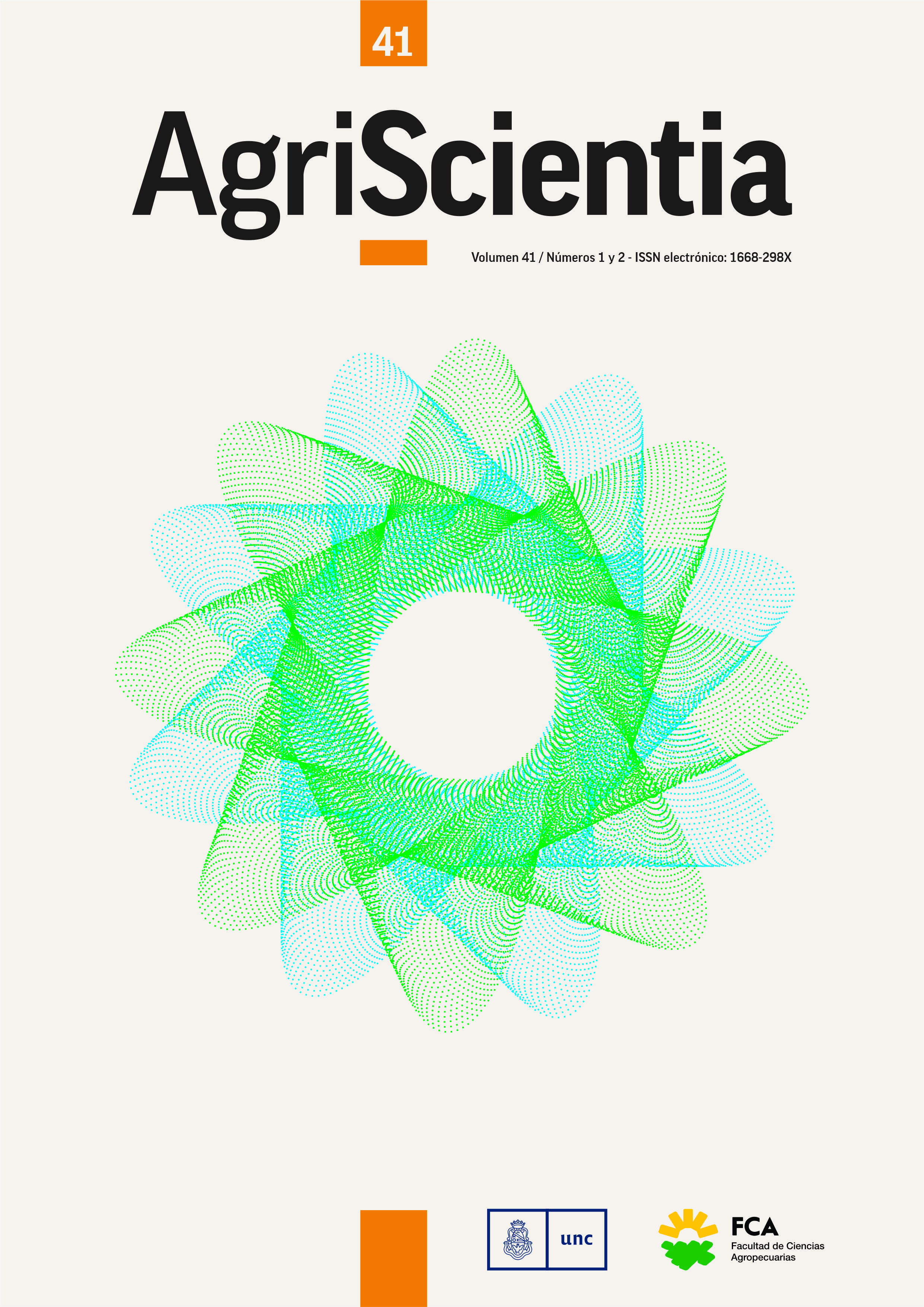Evaluating Nitrogen Release Rates of Commercial Slow-Release Urea Products Using Brix Value Analysis: A Validation Study Comparing Two Methods
Main Article Content
Abstract
The stability of three slow-release urea products (SRU) and a non-protected granulated urea (U) product was assessed based on their Brix value and total Nitrogen (N) Kjeldahl concentration in water. Each SRU and U products (10 g) was mixed with 50 ml of distilled water at 23.5 °C for various durations: 1, 3, 6, 12, and 24 h. After each period of time, Brix values and total N concentrations
were measured in the aliquots. The N concentrations in all products exhibited time-dependent changes. A positive and linear correlation was observed between the total N in water and Brix values. The R2 between both methods was 0.97. Thus, the Brix value serves as a convenient and effective method to evaluate the relative rate of N release for different SRU products.
Downloads
Article Details

This work is licensed under a Creative Commons Attribution-ShareAlike 4.0 International License.
References
Broderick, G. A. (2007). Reduced crude protein rations for high producing cows: production and environmental effects. In Proceedings of the Cornell Nutritition Conference for Feed Manufacturers (pp. 61-71).
Chang, W. K. and Yeh, M. K. (2011). Prediction of parenteral nutrition osmolarity by digital refractometry. Journal of Parenteral and Enteral Nutrition, 35(3), 412-418. https://doi.org/10.1177/0148607110383864 DOI: https://doi.org/10.1177/0148607110383864
De Azevedo, E. B. D., Patiño, H. O., Silveira, A. L. F. D., López, J., Brüning, G. and Kozloski, G. V. (2008). Incorporação de uréia encapsulada em suplementos proteicos fornecidos para novilhos alimentados com feno de baixa qualidade. Ciência Rural, 38, 1381-1387. https://doi.org/10.1590/S0103-84782008000500029 DOI: https://doi.org/10.1590/S0103-84782008000500029
Dongare, M. L., Buchade, P. B., Awatade, M. N. and Shaligram, A. D. (2014). Mathematical modeling and simulation of refractive index-based Brix measurement system. Optik, 125(3), 946-949. DOI: https://doi.org/10.1016/j.ijleo.2013.09.002
Di Rienzo, J. A., Casanoves, F., Balzarini, M. G., González, L., Tablada, M. and Robledo, C. W. (2018). InfoStat versión 2018. Grupo InfoStat, FCA, Universidad Nacional de Córdoba, Argentina.
Kohn, R. A., Kalscheur, K. F. and Russek-Cohen, E. (2002). Evaluation of models to estimate urinary nitrogen and expected milk urea nitrogen. Journal of Dairy Science, 85, 227-233. https://doi.org/10.3168/jds.S0022-0302(02)74071-X DOI: https://doi.org/10.3168/jds.S0022-0302(02)74071-X
National Research Council. (2001). Nutrient requirements of dairy cattle (7th revised ed.). National Research Council.
Oliveira Junior, R. C. D., Pires, A. V., Susin, I., de Resende Fernandes, J. J. and Portela Santos, F. A. (2004). Digestibilidade de nutrientes em dietas de bovinos contendo uréia ou amiréia em substituição ao farelo de soja. Pesquisa Agropecuária Brasileira, 39, 173-178. https://doi.org/10.1590/S0100-204X2004000200011 DOI: https://doi.org/10.1590/S0100-204X2004000200011





